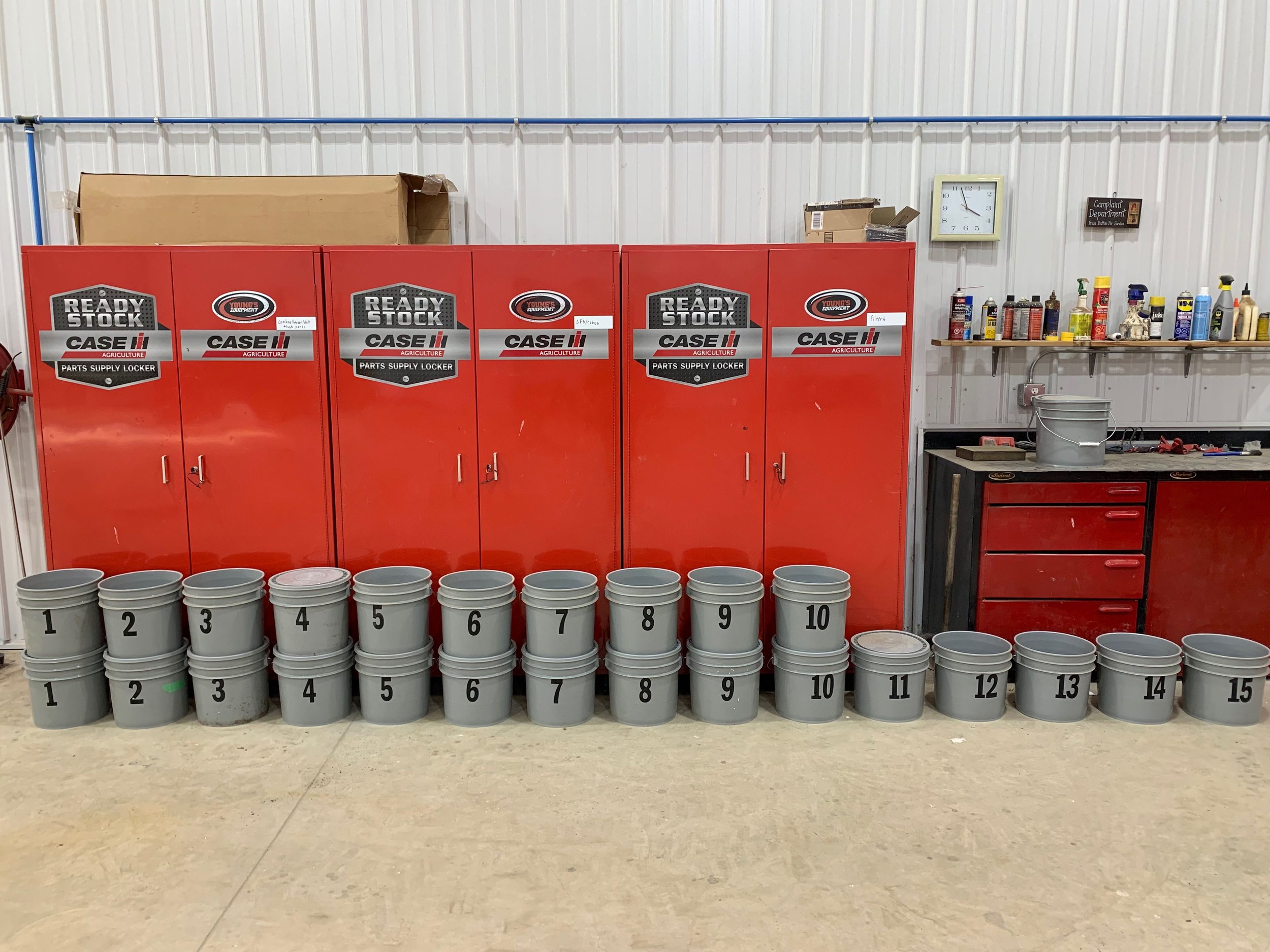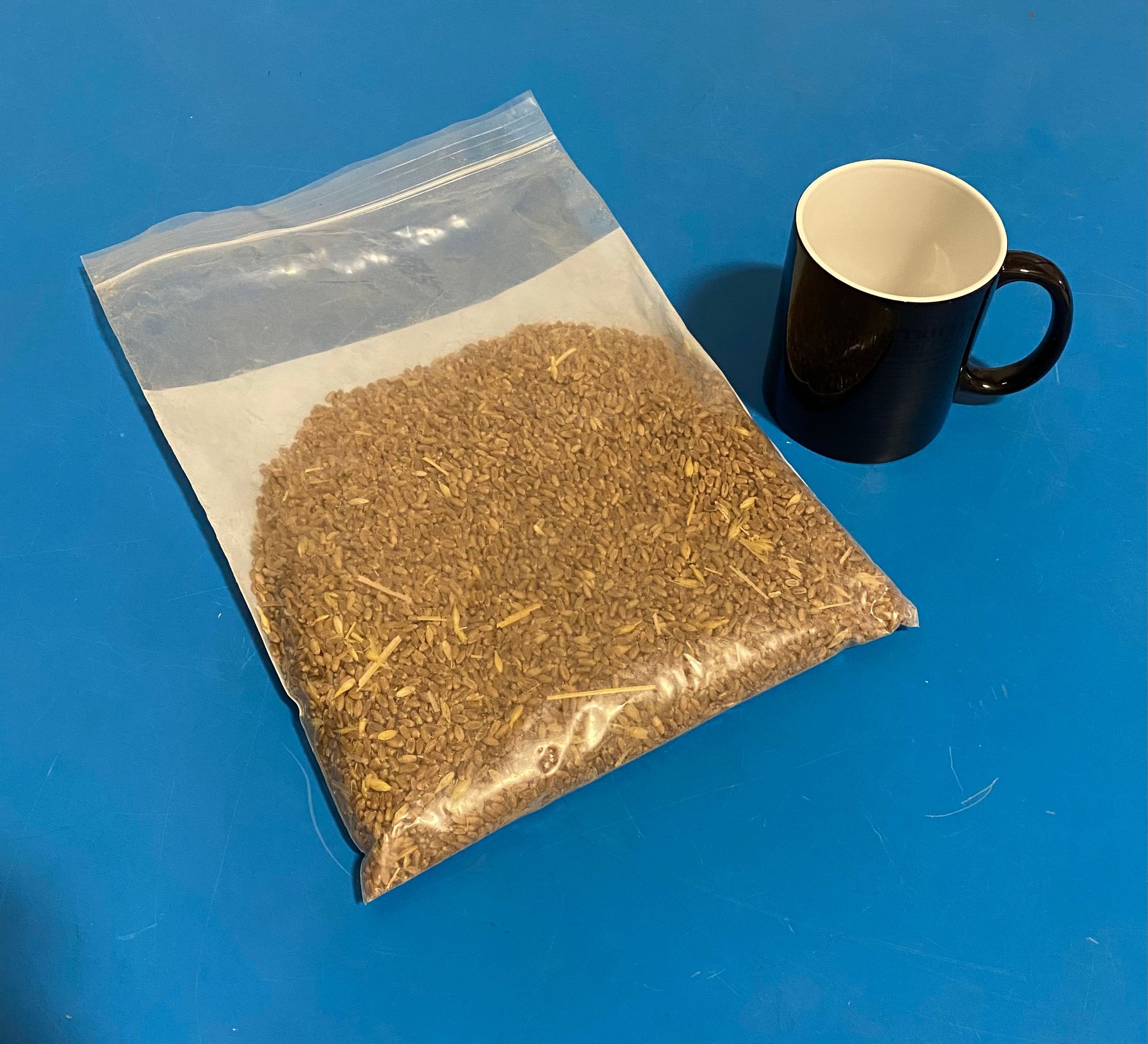Farmers and High Stakes Decisions
Are you a gambler? Farmers make high stakes marketing decisions on a 2 parts per million sampling process.
Here in western Canada, during harvest, farmers take samples of their grain while moving it to storage. They typically keep those samples in pails that are specific to the bin where it is stored. From each pail they take a few smaller samples, put them in bags and send them off to their prospective buyers to have them graded and wait for the results.
The amount of grain used to determine the grade is minuscule compared to what it is expected to represent. If there’s any amount of sampling error, it results in unwanted costly discrepancies at time of delivery.
Let’s use wheat and some round numbers as an example of how unrepresentative the samples are and compare the land size as football fields:
Assuming yield is 1 tonne per acre (this would be considered low)
Bin sizes can be 100 tonnes to 1,000 tonnes or larger
Football field is 1.32 acres
1 pound of grain is the typical sample size used for grading
If your sample was from a 100-tonne bin, it would need to represent the amount of grain harvested from 75 football fields together. This is sampling of 1 in 220K.
If your sample was from a 1,000-tonne bin, that’s 750 football fields. This is sampling of 1 in 2.2M.



